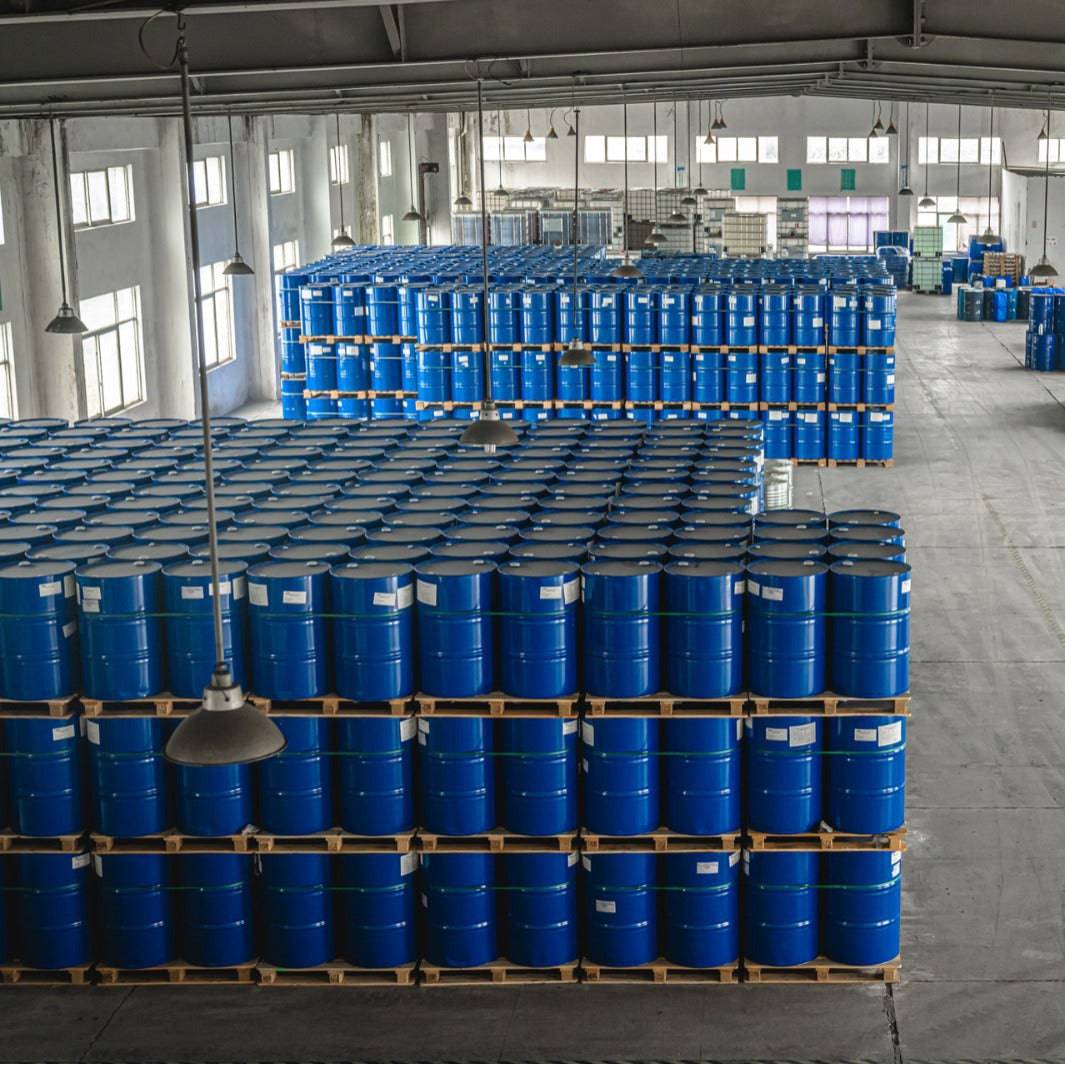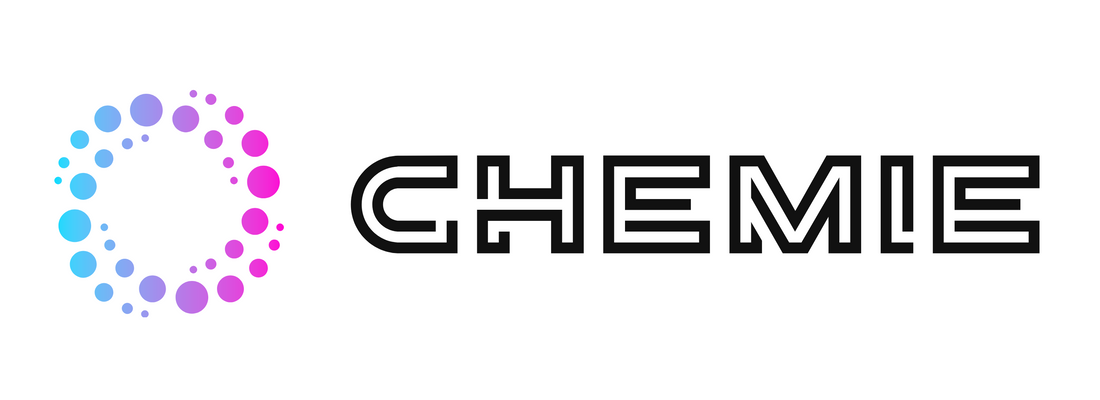The Buzz on Chemie
Table of ContentsSome Known Details About Chemie The Greatest Guide To ChemieThe Best Strategy To Use For ChemieWhat Does Chemie Do?Some Known Details About Chemie Not known Facts About Chemie
By Bojanna Shantheyanda, Sreya Dutta, Kevin Coscia and David SchiemerDynalene, Inc. Fluid air conditioning, which can be attained using indirect or direct means, is utilized in electronic devices applications having thermal power densities that might exceed safe dissipation through air cooling. Indirect liquid air conditioning is where warm dissipating digital elements are physically divided from the liquid coolant, whereas in case of straight air conditioning, the elements remain in straight call with the coolant.Nevertheless, in indirect cooling applications the electrical conductivity can be crucial if there are leakages and/or splilling of the liquids onto the electronics. In the indirect cooling applications where water based fluids with deterioration preventions are typically used, the electrical conductivity of the fluid coolant primarily depends on the ion concentration in the fluid stream.
The rise in the ion concentration in a shut loop liquid stream may happen because of ion leaching from metals and nonmetal components that the coolant liquid touches with. Throughout operation, the electrical conductivity of the fluid may boost to a degree which can be hazardous for the air conditioning system.
All about Chemie
(https://www.domestika.org/en/betteanderson)They are grain like polymers that are capable of trading ions with ions in a solution that it touches with. In the here and now job, ion leaching tests were executed with numerous metals and polymers in both ultrapure deionized (DI) water, i.e. water which is treated to the highest degree of purity, and reduced electric conductive ethylene glycol/water mix, with the gauged change in conductivity reported in time.
The samples were allowed to equilibrate at area temperature for two days prior to tape-recording the first electrical conductivity. In all tests reported in this research study liquid electrical conductivity was gauged to a precision of 1% utilizing an Oakton disadvantage 510/CON 6 collection meter which was adjusted before each dimension.
Unknown Facts About Chemie
from the wall heating coils to the facility of the heater. The PTFE example containers were positioned in the heater when stable state temperature levels were reached. The examination setup was eliminated from the heater every 168 hours (seven days), cooled down to space temperature level with the electrical conductivity of the liquid determined.
The electric conductivity of the liquid example was monitored for a total amount of 5000 hours (208 days). Number 2. Schematic of the indirect closed loop cooling down experiment set-up - immersion cooling liquid. Table 1. Components used in the indirect shut loophole cooling down experiment that touch with the liquid coolant. A schematic of the speculative setup is displayed in Number 2.

The Of Chemie
During operation the fluid storage tank temperature level was preserved at 34C. The adjustment in fluid electric conductivity was checked for 136 hours. The liquid from the system was collected and saved. In a similar way, closed loop examination with ion exchange material was performed with the same cleaning procedures utilized. The first electrical conductivity of the 230ml UP-H2O in the system measured 1.84 S/cm.

0.1 g of Dowex material was contributed to 100g of fluid examples that was taken in a different container. The mixture was mixed and alter in the electrical conductivity at space temperature was gauged every look at here hour. The gauged change in the electric conductivity of the UP-H2O and EG-LC test fluids containing polymer or metal when immersed for 5,000 hours at 80C is shown Number 3.
How Chemie can Save You Time, Stress, and Money.
Figure 3. Ion leaching experiment: Measured change in electric conductivity of water and EG-LC coolants consisting of either polymer or metal examples when immersed for 5,000 hours at 80C. The results show that metals added fewer ions into the fluids than plastics in both UP-H2O and EG-LC based coolants. This might be due to a slim steel oxide layer which might serve as an obstacle to ion leaching and cationic diffusion.
Liquids having polypropylene and HDPE showed the least expensive electric conductivity adjustments. This can be because of the short, inflexible, straight chains which are much less most likely to contribute ions than longer branched chains with weak intermolecular forces. Silicone additionally did well in both examination fluids, as polysiloxanes are generally chemically inert because of the high bond power of the silicon-oxygen bond which would certainly avoid degradation of the material into the liquid.
Things about Chemie
It would certainly be anticipated that PVC would produce similar results to those of PTFE and HDPE based on the similar chemical structures of the products, nonetheless there may be various other pollutants present in the PVC, such as plasticizers, that might impact the electrical conductivity of the liquid - therminol & dowtherm alternative. Additionally, chloride teams in PVC can likewise seep into the examination fluid and can create an increase in electric conductivity
Polyurethane totally broke down right into the examination liquid by the end of 5000 hour test. Prior to and after images of steel and polymer samples submersed for 5,000 hours at 80C in the ion seeping experiment.
Calculated modification in the electric conductivity of UP-H2O coolant as a feature of time with and without resin cartridge in the closed indirect air conditioning loophole experiment. The determined modification in electric conductivity of the UP-H2O for 136 hours with and without ion exchange material in the loophole is revealed in Number 5.